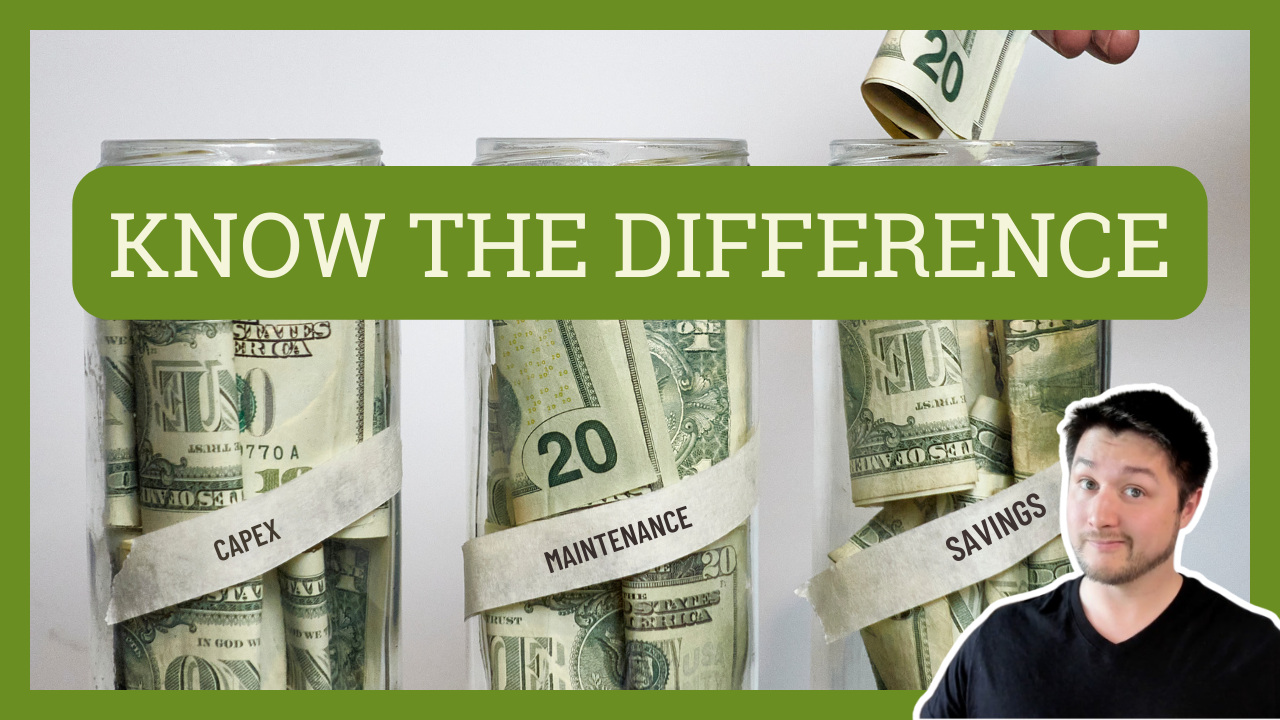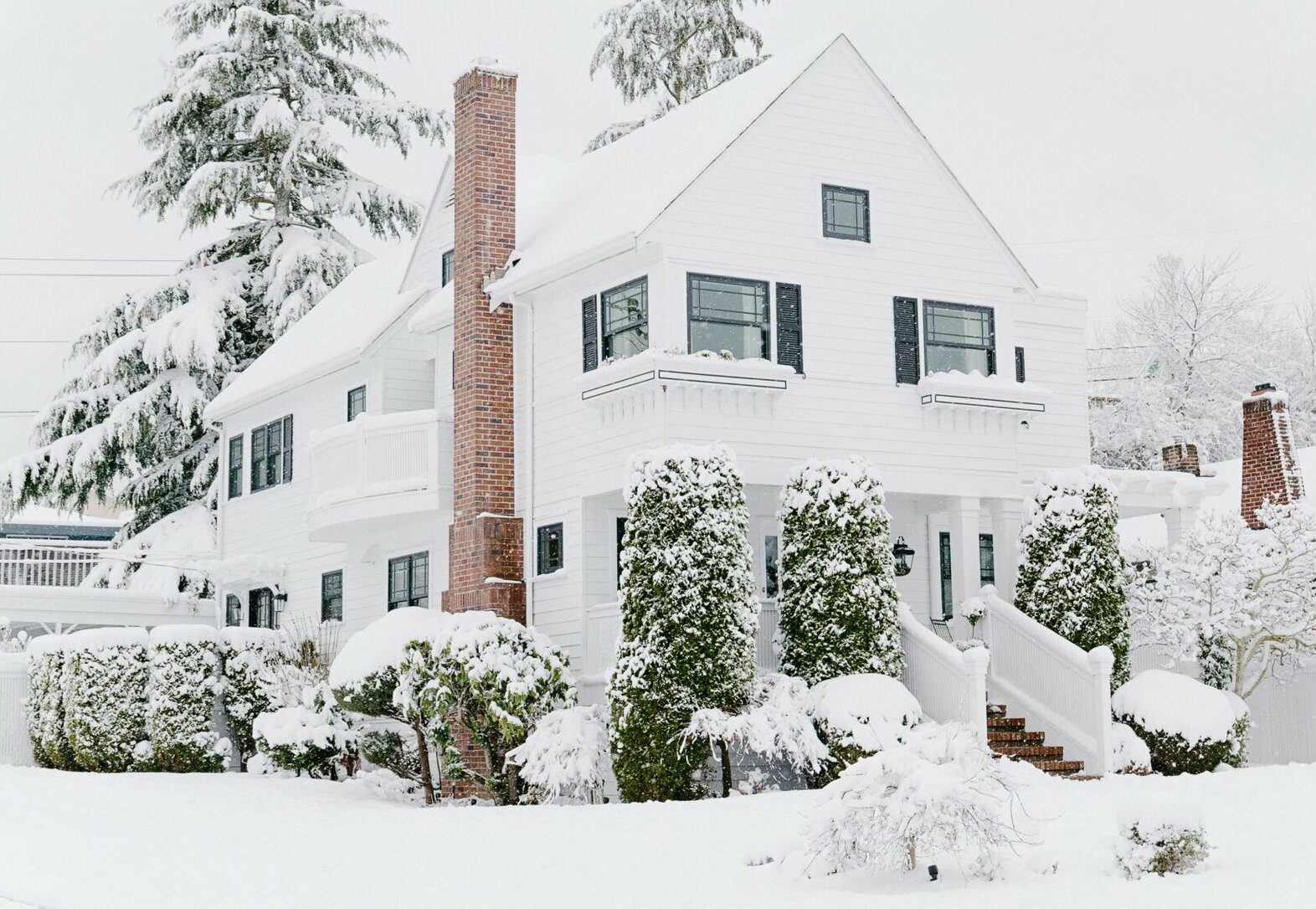Hey PDX home dreamers!
If you’ve been wondering whether now is a good time to jump into homeownership in Portland, I’ve got some good news—and it comes straight from a local mortgage expert who knows the ins and outs of our market.
 Mortgage Rates Are Showing Promise
Mortgage Rates Are Showing Promise
Eric Dunlap of Portland Loan Team recently shared an update with me that may perk the ears of potential Portland homebuyers. Because of recent economic shifts, including new tariffs and broader national uncertainty, mortgage rates are dipping lower. This may sound like chaos on the national level (and it most certainly is), but for Portland homebuyers? It could mean opportunity.
“For the first time in years,” Eric shared, “we’re seeing FHA loan rates in the 5% range!” That’s a major shift from the higher rates we’ve seen dominating the market. Lower rates mean more affordability, more purchasing power, and—yes—potentially more house for your money.
Here’s a snapshot of current rates from Eric:
-
FHA 30-Year Fixed: 5.959% (3.5% down, 660 credit score)
-
Conventional 30-Year Fixed (5% down): 6.5%
-
15-Year Fixed: 5.589%
-
VA Loans: 6.037% (0% down!)
-
Non-Owner Occupied & Multi-Unit Rates: Just shy of 7%
And all of these? Eligible to close in just 21 days.
 Recession Talk? Surprisingly, That’s Not Bad for Home Prices
Recession Talk? Surprisingly, That’s Not Bad for Home Prices
Eric also touched on a surprising trend: historically, recessions tend to increase home prices. The 2008 crash was an exception, not the rule – due to subprime lending. In a more standard recession, housing can actually remain strong—and that’s especially true in a resilient, in-demand market like Portland.
So if you’re sitting on the fence, consider this: waiting for “the perfect time” may mean missing your window to lock in a great rate and get into a home while prices are still accessible.
 If You’ve Been Thinking:
If You’ve Been Thinking:
“Should I buy this year or wait?”
“What if rates go even lower?”
“Is now the right time in Portland?”
Here’s your sign! Talk to a lender (highly recommend Eric—he’s honest, knowledgeable, and local). Get pre-approved and start browsing! And remember, the best time to buy a home is when you’re ready—and when the numbers work in your favor.
Need help navigating the Portland housing market or finding a lender you can trust? Let’s chat. I’d love to help you write your own PDX home love story.

Licensed Real Estate Agent in OR & WA
 Tariffs, Turmoil… and Terrific Mortgage Rates?
Tariffs, Turmoil… and Terrific Mortgage Rates?








